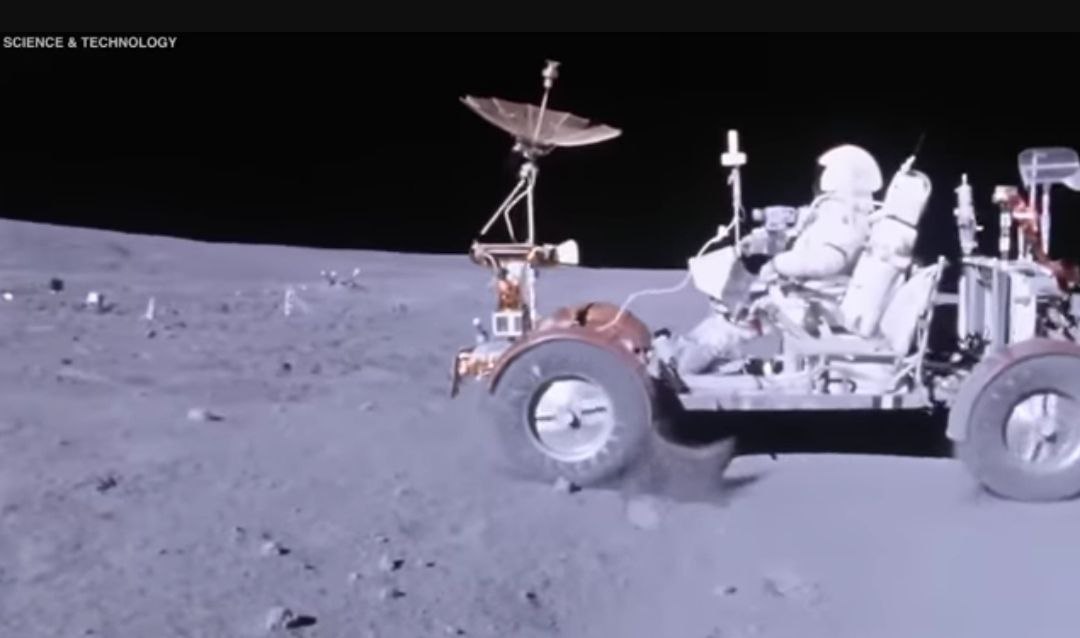
The Apollo moon landings were a remarkable achievement for NASA and for humanity as a whole. However, there are several reasons why NASA never returned to the moon after the Apollo program.

1. Expensive and Limited Funding: One of the main reasons NASA did not return to the moon is the cost involved. The Apollo program was an expensive endeavor, and the United States was facing economic challenges and budget constraints. As a result, the funding for NASA was reduced, making it difficult to continue ambitious lunar missions.

2. Lack of Public Interest: After the initial excitement surrounding the Apollo missions, public interest in space exploration gradually waned. The Apollo program was seen as a Cold War competition against the Soviet Union, and once the United States achieved its goal of landing on the moon, the public lost interest. Without strong public support, it became more challenging for NASA to justify the cost of lunar missions.

3. Shifting Priorities: The focus of NASA shifted after the Apollo program. Instead of focusing on manned missions to the moon, NASA redirected its efforts toward building the Space Shuttle program and developing long-duration space stations such as the International Space Station (ISS). These projects required significant resources and attention, leaving little room for lunar missions.
4. Technological Limitations: The Apollo program relied on 1960s technology and infrastructure, which were not easily adaptable for modern missions. Since the completion of the Apollo program, advancements in technology have allowed for more efficient and cost-effective robotic exploration of the moon. NASA has chosen to focus on sending robotic missions, such as the Lunar Reconnaissance Orbiter and upcoming Artemis program, which will land humans on the moon again by 2024.
5. International Cooperation: In recent years, NASA has been more focused on collaborating with international partners rather than going to the moon on its own. The Artemis program, for example, is a collaborative effort with international partners such as the European Space Agency (ESA), Canadian Space Agency (CSA), and others. This approach allows NASA to share the costs and expertise with other countries, making lunar missions more feasible.
In conclusion, while there are several reasons why NASA never returned to the moon after the Apollo program, it’s important to note that the agency is now actively working towards a planned return to the moon through the Artemis program. With advancements in technology, increased international cooperation, and reinvigorated public interest, NASA’s next lunar missions hope to establish a sustainable presence on the moon and pave the way for future exploration and colonization.




медикаментозный вывод из запоя краснодар медикаментозный вывод из запоя краснодар .
вывод из запоя на дому круглосуточно краснодар вывод из запоя на дому круглосуточно краснодар .
вывод из запоя краснодар на дому вывод из запоя краснодар на дому .
вывод из запоя цены на дому краснодар [url=https://vyvod-iz-zapoya-krasnodar12.ru/]вывод из запоя цены на дому краснодар[/url] .
интернет заработок интернет заработок .
как начать зарабатывать в интернете как начать зарабатывать в интернете .
капельница при алкогольной интоксикации на дому цена капельница при алкогольной интоксикации на дому цена .
где можно заработать в интернете где можно заработать в интернете .
выведение из запоя на дому круглосуточно выведение из запоя на дому круглосуточно .
где можно зарабатывать в интернете https://www.kak-zarabotat-v-internete12.ru .
на чем зарабатывать в интернете [url=http://kak-zarabotat-v-internete12.ru/]http://kak-zarabotat-v-internete12.ru/[/url] .
капельница на дому круглосуточно http://www.snyatie-zapoya-na-domu13.ru .
капельница от запоя на дому нижний новгород капельница от запоя на дому нижний новгород .
капельница от похмелья цена [url=https://snyatie-zapoya-na-domu13.ru/]капельница от похмелья цена[/url] .
Лучшая дневная подборка новостей позволит вам всегда быть информированными на тему актуальных событий.
https://pitersk.ru/articles/2024-08-20-7-ocharovatelnyh-lukov-s-tsvetochnymi-platyami-zimmermann/
Стильные советы по созданию отличных видов на любой день.
Статьи стилистов, события, все новые коллекции и шоу.
https://lecoupon.ru/news/2024-09-26-5-samyh-udachnyh-modeley-krossovok-dolce-gabbana/
Премиальный интернет-магазин Bottega Veneta предлагает разнообразие оригинальной продукции от знаменитого производителя. В нашем каталоге вы сможете выбрать и купить изделия из последней коллекции с удобной доставкой по всей стране.
https://bottega-official.ru
Thank you for your sharing. I am worried that I lack creative ideas. It is your article that makes me full of hope. Thank you. But, I have a question, can you help me? https://www.binance.com/ES_la/register?ref=T7KCZASX